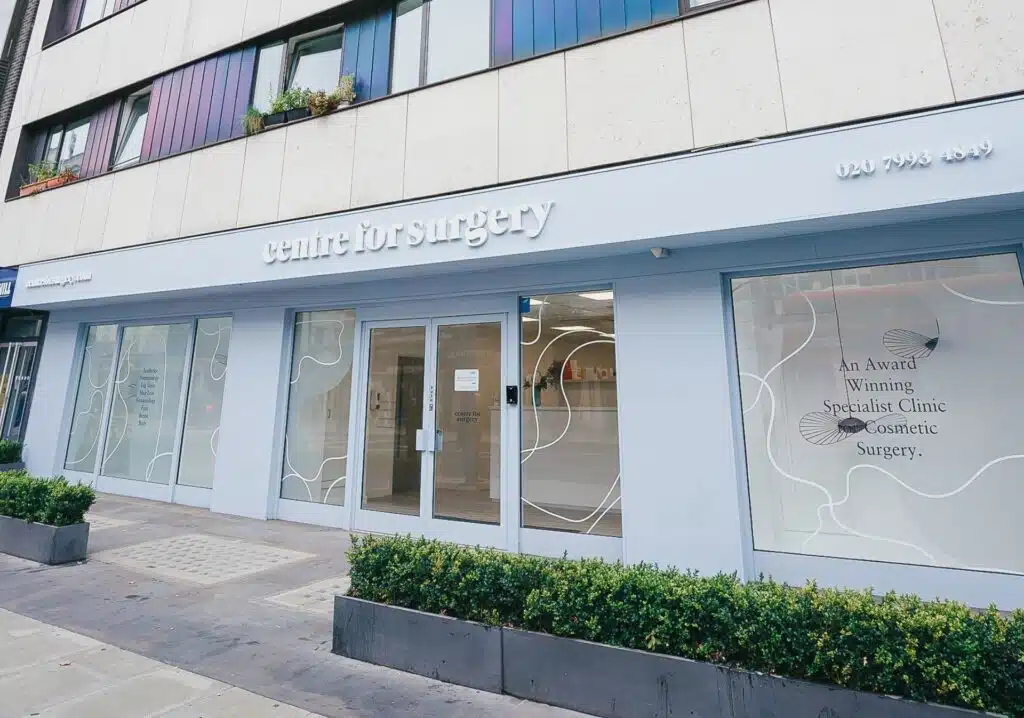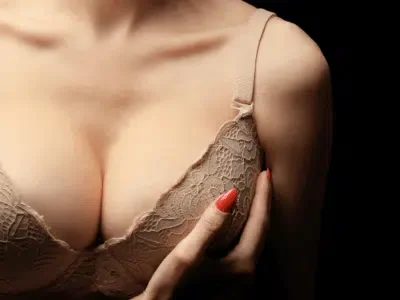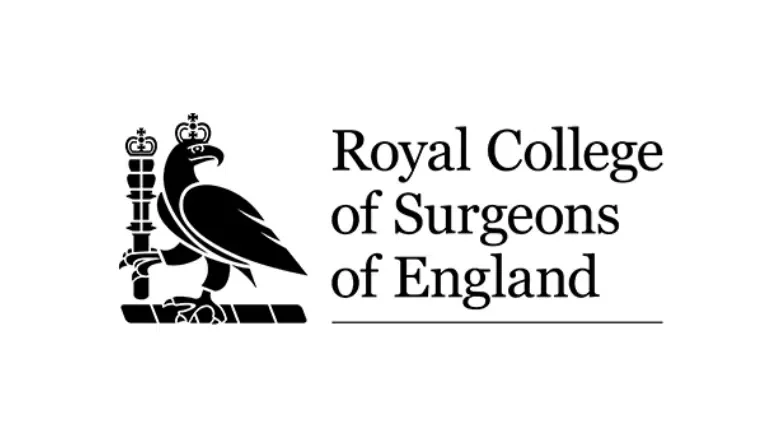In recent times, both physical and mental health have captured the public’s attention in the UK, highlighting the importance of comprehensive health awareness. Among various topics, a thorough understanding of breast anatomy proves essential, particularly for those considering breast surgery. This article aims to delve deeper into the structure of the breast, common deformities, and the surgical interventions available to achieve both functional and aesthetic excellence in breast health.
At Centre for Surgery in London, we pride ourselves on housing some of the leading plastic surgeons in the field. Our specialists are deeply committed to providing top-tier breast procedures that cater to the diverse needs of our patients.
The Female Breast: What Is It Made Of?
Understanding breast anatomy involves exploring the various components that form the structure of the breasts. The female breast is a complex organ consisting of several key parts that work together to perform its functions.
The nipple, a small projection through which milk can be expressed, is located at the centre of the breast. Surrounding the nipple is the areola, a darker pigmented area that contains small glands known as Montgomery glands, which help lubricate the nipple during breastfeeding.
Beneath the surface, the breast is organised into lobes and lobules. The lobes are sections of the breast, each containing smaller lobules that produce milk. A network of milk ducts connects these lobules to the nipple, transporting milk during breastfeeding.
Adipose tissue, the fatty tissue that gives the breast its shape and size, is also present. Glandsular tissue, primarily located in the lobules, plays a crucial role in milk production.
Nerves run throughout the breast, providing sensation to the skin and the nipple. Blood vessels supply the breast with necessary nutrients, while lymph vessels are part of the lymphatic system, helping to remove waste and fight infection.
Breast Anatomy – Is There Such a Thing as the Perfect Breast?
The concept of a “perfect breast” is as varied as the individuals who contemplate it. There is no single definition of an ideal breast, and that’s perfectly fine. Breasts come in an array of shapes, sizes, and textures, making it impossible to pin down one universally perfect form. What might be considered perfect for one person could be entirely different for another.
When people think about their version of the perfect breast, they often consider several factors. The appearance of the nipple and areola complex is usually a key feature, with some focusing on the size or shape of the areola, or the prominence of the nipple. The overall size and shape of the breast itself are also significant factors, with some preferring a fuller, rounder look, while others may favour a more natural, teardrop shape.
RELATED: C Cup Boobs – Getting the Perfect Breast Augmentation
The position of the breasts on the chest wall is another consideration. Some may desire a higher, more youthful placement, while others might find a more relaxed, natural position appealing. The firmness or softness of the breast tissue can also play a role in what one considers ideal. Some might prefer a firmer feel, while others may appreciate a softer, more supple texture.
Additionally, the balance between the upper and lower pole volume—how full the upper part of the breast is compared to the lower part—can be an important aspect of one’s definition of perfect breasts.
The Nipple-Areola Complex: A Key Feature of the Breast
The nipple-areola complex is one of the most distinctive and visible parts of the breast. This area varies significantly from person to person, with differences in dimension, texture, and even colour. The areola, which is the pigmented skin surrounding the nipple, can range in colour from pink and red to shades of brown or black. These variations in colour are primarily influenced by factors such as race and genetics.
RELATED: Nipple Correction and Areola Surgery – Everything You Need to Know
The nipple-areola complex is not just about aesthetics; it plays an important functional role as well. This area is home to several glands, including Montgomery glands, which secrete lubricating oils to protect the nipple during breastfeeding. Additionally, the complex is rich in sensory nerve endings, making it highly sensitive to touch, temperature, and other stimuli.
Various internal structures of the breast, such as the milk ducts, which carry milk from the lobules to the nipple during breastfeeding, are connected to the nipple-areola complex. This intricate network of tissues, glands, and nerves ensures that the nipple-areola complex is both a crucial part of the breast’s function and an essential aspect of its appearance.
RELATED: Can You Breastfeed with Implants?
Breast Issues and Surgical Solutions: Addressing Common Concerns
Having a basic understanding of breast anatomy lays the foundation for exploring the various issues that can affect the breasts and the surgical solutions available to address them. Both women and men can experience a range of breast-related problems, each with its unique challenges and potential treatments.
One common concern is sagging or heavy breasts. Over time, factors such as ageing, weight fluctuations, pregnancy, and breastfeeding can cause the breasts to lose their firmness and elasticity. This can lead to discomfort and dissatisfaction with appearance. Surgical solutions like breast lift (mastopexy) or breast reduction can address these issues, helping to restore a more youthful and balanced contour.
Another issue is pigeon chest, a condition where the breastbone protrudes outward, giving the chest a bird-like appearance. This condition can affect the symmetry and overall aesthetics of the chest. Surgical correction, often involving reshaping or repositioning the chest wall, can improve both function and appearance.
Symmastia, sometimes referred to as “uniboob,” occurs when the breast tissue merges across the chest, eliminating the natural separation between the breasts. This condition can result from certain breast augmentation procedures or naturally due to connective tissue issues. Corrective surgery can help redefine the breast contours, restoring a more natural and distinct cleavage.
Breast cancer is perhaps the most serious condition affecting the breasts. It can lead to significant changes in breast anatomy, often requiring surgical intervention such as mastectomy (removal of the breast) or lumpectomy (removal of the tumour and some surrounding tissue). Reconstructive surgery is often an option after cancer treatment, allowing patients to regain their breast shape and restore their confidence.
Gynecomastia in Men and the Path to Male Breast Reduction
Gynecomastia is a frequently encountered condition in men, marked by an abnormal increase in breast gland tissue. This enlargement can occur in one or both breasts and often causes significant emotional and physical discomfort. While gynecomastia can sometimes resolve on its own, particularly in younger individuals, it often persists or develops later in life, necessitating medical intervention. When this condition becomes a persistent issue, male breast reduction surgery, also known as gynecomastia surgery, becomes the optimal solution.
For those seeking a permanent solution to gynecomastia, male reduction surgery offers an effective way to address the problem. This surgical procedure is designed to remove excess fat, glandular tissue, and skin from the male breast, resulting in a flatter, more traditionally masculine chest contour. The procedure is quite similar to breast reduction surgery performed in women, though tailored specifically to the male anatomy.
During the surgery, which is typically performed under general anaesthesia, the plastic surgeon makes incisions strategically placed to minimise visible scarring. These incisions are usually located in the natural fold beneath the breast, around the areola, or in a vertical line from the areola to the inframammary fold. The surgeon carefully removes excess tissue, reshapes the chest, and ensures that both breasts are symmetrical and proportionate to the rest of the body.
The primary goal of gynecomastia surgery is to create a chest that looks and feels natural, restoring confidence and improving physical comfort. This procedure can relieve the physical discomfort associated with enlarged male breasts, such as pain in the back, neck, and shoulders, as well as improve posture and make physical activities like running and sports more comfortable and enjoyable.
Learn More by Scheduling a Consultation at Centre for Surgery
If you’re interested in learning more about gynecomastia, male breast reduction, or any other breast-related concerns, scheduling a consultation at Centre for Surgery is a great next step. Our experienced team of plastic surgeons is ready to provide you with personalised advice and discuss the best treatment options tailored to your needs. Whether you’re considering surgery or just want to explore your options, we’re here to help guide you on your journey to improved confidence and well-being.











